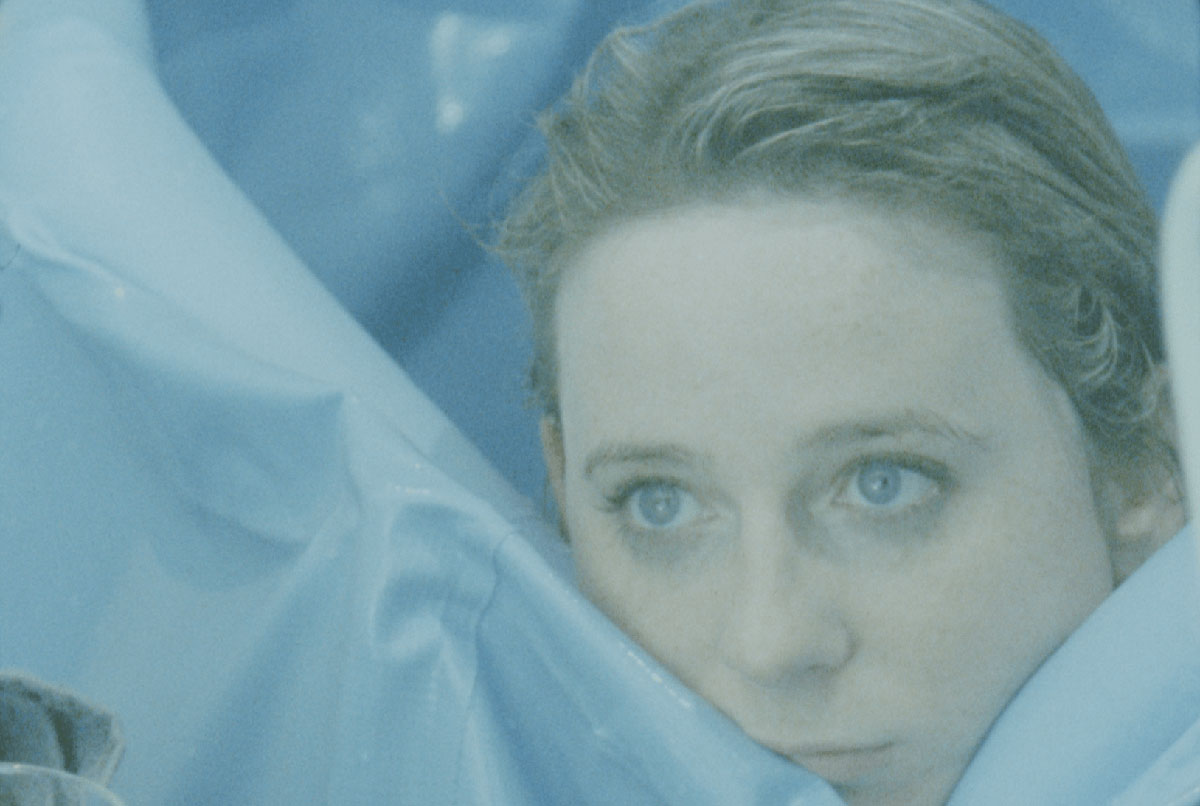OPEN CALL: Experimental Essays For Metode vol. 2
 “As much as I want to be slippery and fluid, my bones are always going to be there pushing back against me. Because my bones have caused me so much pain, and my joints have caused me so much pain, I think I suddenly had this horror of, like, I will never fully be comfortable. I am always going to have one spiking limb or one angry muscle. And the idea that I couldn’t be water, and I would never resolve, no matter how much time I spend in water, I would never fully merge with water, became really painful for me.” —Abi Palmer (2021)
“As much as I want to be slippery and fluid, my bones are always going to be there pushing back against me. Because my bones have caused me so much pain, and my joints have caused me so much pain, I think I suddenly had this horror of, like, I will never fully be comfortable. I am always going to have one spiking limb or one angry muscle. And the idea that I couldn’t be water, and I would never resolve, no matter how much time I spend in water, I would never fully merge with water, became really painful for me.” —Abi Palmer (2021)
Watch the film here.
This open call for experimental essays begins with a film. Quoted above is the queer, disabled, London-based artist Abi Palmer in the film On Being and Bathing (2021), made in collaboration with Anna Ulrikke Andersen. Looking at Abi’s bathroom and her inflatable bathtub, the film asks how she navigates the spaces she inhabits, uncovering what it might mean to want to become more fluid—or more like water.
Using the film as a point of departure, this open call asks participants to tackle related themes through their own artistic, academic, or architectural research practice. Although encouraged to go beyond, a few ideas that spring from the film can be helpful:
What does it mean to be in water? In her book The Architecture of Bathing: Body, Landscape, Art (2020), Christie Pearson considers bathing as a form of physical knowledge of architecture and social relations. Barbara Penner’s Bathrooms (2013) traces the history of bathrooms, and with it, how our understanding of disability has changed over time.
What is the critical and creative potential of the disabled body? Architect Jos Boys and the DisOrdinary Architecture Project offers a shift away from understanding the disabled body as a legal and technical problem, to recognizing the potential that comes with navigating a world that is not built for you. What further theoretical support can be found in the field of disability studies and disability arts?
Can the making of films (or other artistic practices) in itself be a way to explore the spatial manifestations of exclusion and/or inclusion? Lucia Nagib looks at the notion of physicality and difference in the work of Werner Herzog. He considers filmmaking as an athletic endeavor that engages the body. Could other approaches to time-based media, or artistic research more generally, make us consider the history of art, architecture, design, cities, and even landscapes, differently? What techniques do we employ? Does it matter what equipment we use?
What else can we find if we go beyond—beyond conventions of bodies and buildings, and research thereof?
The Oslo-based platform ROM for kunst og arkitektur—the publisher of Metode—has worked strategically with these concerns for a number of years by launching open calls and organizing Norway’s first summer school in art and architecture for young disabled people. This volume of Metode opens up for new ways of approaching how a diverse set of bodies engage with and experience our built environment, as well as larger societal structures that perhaps should be challenged and changed.
The call invites scholars and practitioners to watch the film and then to go beyond: to pick up on an idea, a theme, a feeling, or a sensation to delve into in their own unique way. We welcome all forms of artistic research, alongside more traditional formats of written text: historical or theoretical.
Editor of Metode vol. 2 is architectural historian and filmmaker Dr. Anna Ulrikke Andersen.
Submission
We seek experimental essays that are intellectually rigorous, visually compelling, and methodically innovative. Submit full essays by August 14, 2023 to metode@r-o-m.no. Read the full open call and submission guidelines here.
Click here to read Metode vol. 1, “Deep Surface” (2023).
